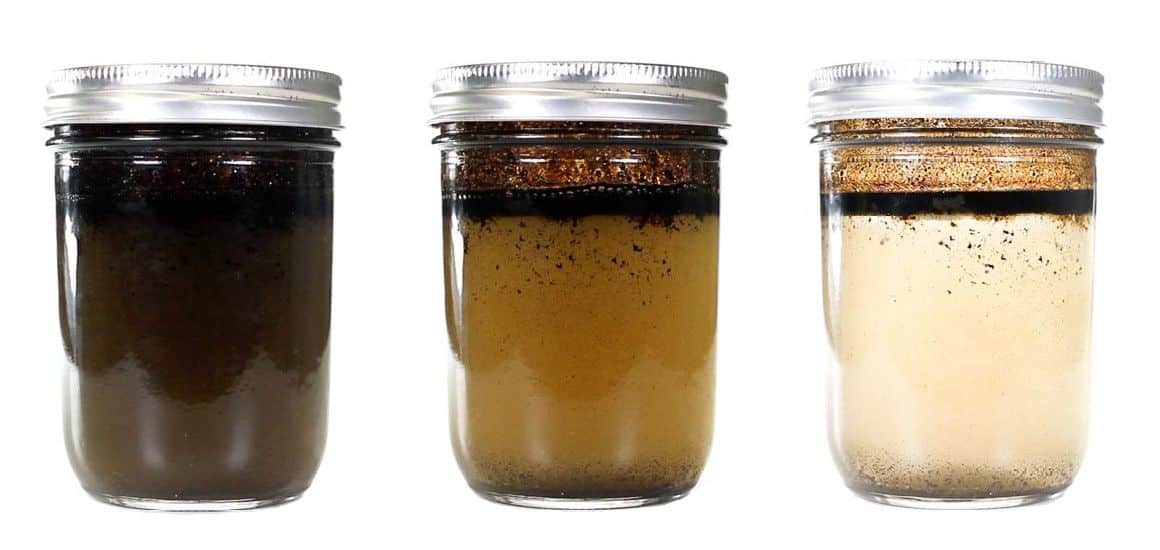An oil and water emulsion refers particularly to the liquid that comes straight from an oil or gas well.
When a well is created, what arrives at the surface is a blend of petroleum, water, gas, and solids. After the gas has been split from the liquid, the oil and water that linger needs to also be split.
Emulsions in the oil sector are either categorized as “water in oil” or “oil in water” depending upon the percentage of the volume of fluids.
All these components are divided employing several concepts of separation to obtain the desired output that are considered useful.
HOW HEATING DIVIDES AN OIL AND WATER EMULSION
When dividing fluids from each other, heating to certain temps boosts separation. When the temperature level of an oil and water emulsion is increased, the viscosity of oil is reduced. This reduced thickness permits the oil and water molecules to be far more quickly discharged. Home heating oil emulsions likewise boosts thickness between oil and water.
A heating system treater is an instance of a vessel which makes use of the principle of temperature modification to aid in separation.
GRAVITY SEPARATION & RETENTION
Gravity separation is one of the most commonly employed technique for oil emulsion separation. The elements in the well stream such as oil and water have distinct gravities.
The density variations enable water to detach by gravity. With sufficient time in a non-turbulent state, the differing specific gravities will automatically separate into distinct layers.
To envision this, think of the emulsion as a vinaigrette salad dressing. If you allow the dressing to settle, the mixture will split according to their different distinct gravities. The olive oil is going to float on top since it is lighter than the vinegar, and the solids and various other components will drop to the bottom since they are the heaviest.
Separation happens gradually. When you reduce the velocity of a liquid, you permit the fluid a specific amount of time for it to be divided by gravity.
Retention time is the period of time the fluid combination remains in a steady or non-agitated state inside a separator. Longer retention time guarantees much more separation.
A larger-diameter or taller vessel will increase the retention time and permit more water to settle out by gravity.
HOW AGITATION SEPARATES AN OIL AND WATER EMULSION
A manufacturing liquid is churned when it hits the diverter plate at the inlet of a vessel. The abrupt collision on the plate causes a rapid change in direction and velocity which helps interrupt the surface tension of the liquids and begin the separation mechanism.
There are many kinds of inlet diverters in separators, and which is employed depends on the attributes and volume of the well stream.
Churning raises the possibility that the fluid will coalesce and settle from the emulsion.
COALESCING
During coalescence, water droplets converged to form bigger droplets.
Visualise oneself driving on a foggy morning. The fog tells us there is a lot of humidity in the air, however it does not condense into water up until it hits your windshield.
The same is true when gas strikes a solid surface. This might be a diverter plate when it initially goes into the tank, or a mist eliminator as it leaves.
In vane-type mist eliminators, small beads are eliminated from the vapor stream via inertial impaction. The is forced to switch courses, causing mist droplets to strike the vanes and coalesce with other droplets, ultimately falling.
This inertial impaction also occurs in mesh-type mist eliminators.
Submicron droplets zig-zag across the close-packed fibers and will eventually strike, stick, coalesce, and drain.
HOW CHEMICAL DEMULSIFIERS SEPARATE AN OIL AND WATER EMULSION
Treating liquids with demulsifiers help the separation process. The chemicals greet the oil and water interface, compromising the surface tension and enhancing coalescence. Recognizing which chemicals to apply and the appropriate dosage can be complicated, however the intended outcome will decrease the amount of heat or retention time needed for separation.

